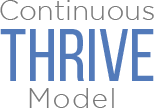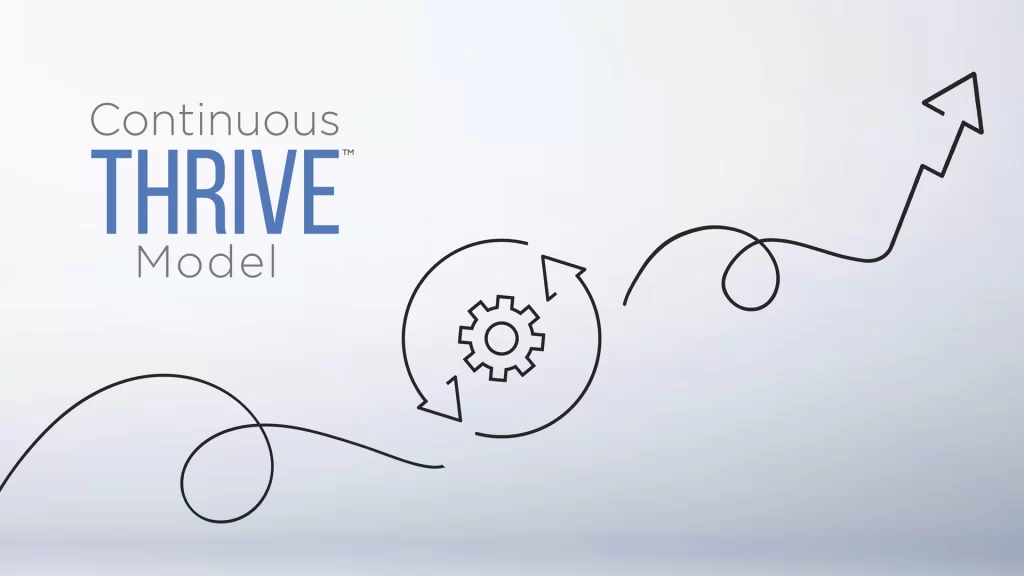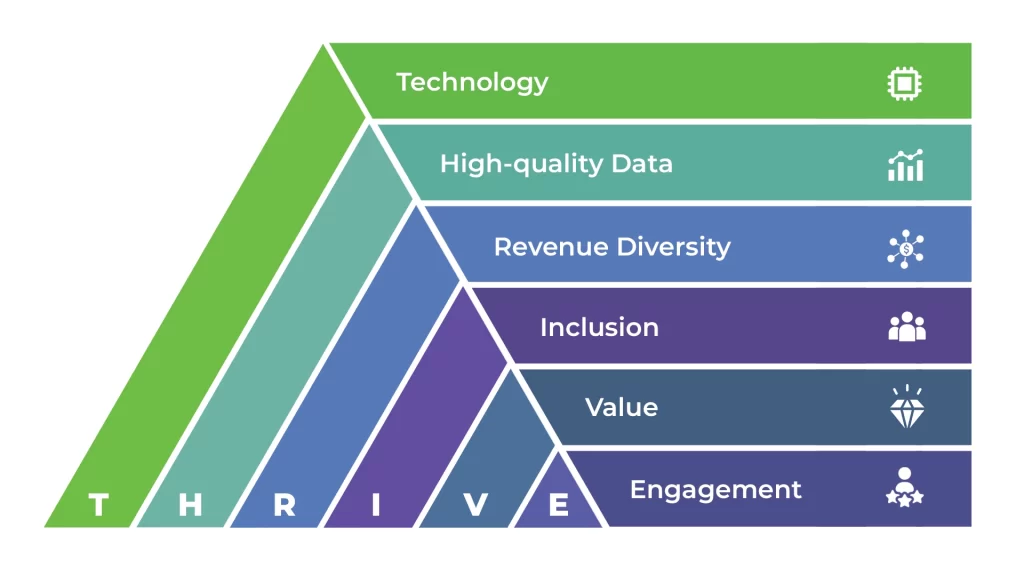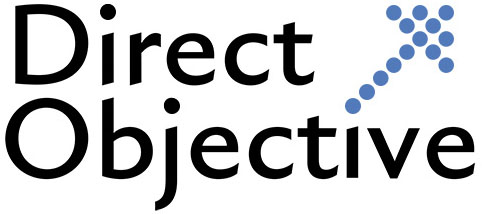Only by conducting a business audit can you determine whether your company is on a trajectory for growth, stagnation, or even decline. When the COVID-19 pandemic hit, businesses across the globe shifted into survival mode: Tight budgets, risk aversion, and short-term fixes. At the time, these strategies were essential for staying alive. But years later, many companies are still operating with the same mindset.
The survival-first approach, crucial during a crisis, can be dangerous in today’s market. It can lead to declining revenues, shrinking market share, and value erosion in the long run. As highlighted in a TD Economics report, there has been a significant decline in Canadian business dynamism post-pandemic, and this can be one of the main reasons. While competitors innovate and expand, businesses stuck in survival mode risk falling behind, unable to adapt to evolving markets and customer expectations.
So, it’s time to ask yourself: Is your business really growing, or just getting by? If the answer is “No” or even if you’re not sure, it doesn’t have to stay this way. To break free from survival mode, you need to start with a clear understanding of where your business stands. The best way to achieve this clarity is through a comprehensive analysis audit.
A business audit can uncover missed opportunities, inefficiencies, and growth bottlenecks that may be holding you back. Armed with these insights, you can build a strategy to move beyond survival and thrive in a highly competitive market. In the sections ahead, we’ll explore the business stagnation phenomenon, how an audit can unlock your potential, and how the Continuous THRIVE Model™ provides a proven framework to reignite growth and ensure your long-term success.
Stagnation: Business Audit Identifies Growth Walls
Business stagnation occurs when progress slows, and the company finds itself stuck, unable to expand or grow further. There are many reasons for this, such as insufficient investment, over-reliance on outdated strategies, unsuccessful technology adoption, and failure to adapt to market shifts.
Some symptoms that a business audit may reveal:
- Declining Revenue Trends: Sales remain flat or decrease year over year, even with a relatively stable market.
- Lack of Product or Service Innovation: Reliance on outdated offerings while competitors introduce new, more relevant solutions.
- Customer Attrition: Difficulty retaining customers, with loyalty shifting to competitors due to unmet expectations.
- Operational Inefficiencies: Processes that are overly manual, slow, or misaligned with current business goals.
- Employee Disengagement: High turnover rates or low morale affecting productivity and innovation.
Ignoring these symptoms can lead to market position erosion, reducing profitability and increasing vulnerability to competitors who are evolving and adapting more quickly.
What Is a Business Audit, and Why Is It Important?
An audit acts as a diagnostic tool that keeps your business’s pulse under check. It’s an in-depth evaluation of how your company’s strategies and operations are performing. Audits identify weaknesses and missed opportunities that may be contributing to potential stagnation. By performing the audit, your business can re-align its operation with current trends and market demands, optimize its strategies, and uncover untapped growth opportunities. This process is essential to ensuring your business continues to evolve and stay competitive.
Key Components of a Comprehensive Business Audit
An audit focuses on evaluating key growth factors and identifies inefficiencies or gaps in areas where a business’s efforts aren’t producing the desired outcomes, resulting in the THRIVE Analysis Plan. A comprehensive business audit evaluates several key components, including:
- Market Position: How do you perform compared to competitors? Identifying market gaps and customer needs can give you a strategic advantage.
- Brand Positioning: Evaluating how your brand is perceived in the market and adjusting for differentiation.
- Digital Presence: Reviewing website performance, social media engagement, and overall online visibility to drive customer interactions.
- Customer Segmentation: Ensuring the right target audience is being reached with the right messaging.
- Marketing Strategies: Assessing the effectiveness of current strategies and their alignment with business goals.
- Customer Satisfaction: Are you meeting your customers’ evolving needs? Happy customers drive growth through loyalty and word-of-mouth.
- Operational Efficiency: Are your business processes as streamlined and effective as possible? Inefficiencies here can drain resources and slow growth.
- Revenue Diversity: Is your business highly dependent on a single source of revenue? A solid financial foundation is crucial for long-term growth.
- Stakeholder Engagement: Are your stakeholders aligned and engaged?
By auditing these areas, we can gain valuable insights into how to transform your business from a survival mode to a thriving, growth-focused mindset.
Reigniting Growth with the THRIVE Model
Over the years, we developed the Continuous THRIVE model at Direct Objective Consulting, to help businesses overcome stagnation and achieve sustainable growth. It’s a proven framework designed to address the challenges of today’s market, including evolving technology, market unpredictability, and rising stakeholder expectations.
Performing an audit is an essential first step of the THRIVE Model implementation process. This initial audit lays the groundwork for applying THRIVE principles and delivering measurable results later on.
Who Can Benefit From a THRIVE-Based Business Audit?
The Continuous THRIVE framework is a customizable strategy. It is tailored to your business’s specific needs without unnecessary overhead. The model itself is based on 6 pillars:
- T – Technology & Agility
- H – High-Quality Data for Intelligent Decision-Making
- R – Revenue Diversification & Growth
- I – Inclusion of Stakeholders & Diversity
- V – Value Creation
- E – Engaged Relationships & Continuous Education
The implementation process consists of several phases, allowing you to progress at your own pace while ensuring measurable ROI. By focusing on data-driven insights and leveraging existing resources, the THRIVE Model provides a practical and cost-effective pathway to sustainable growth.
From Surviving to Thriving: Your Next Steps Toward Business Audit
An audit is the key to unlocking opportunities and identifying inefficiencies. The Continuous THRIVE Model offers a clear, actionable framework for growth. By leveraging technology, data-driven decisions, and stakeholder engagement, the model empowers your businesses to overcome stagnation and adapt to an evolving marketplace. Don’t let your business settle for survival – start thriving today with the THRIVE Model!
Ready to ignite your business? Schedule your free consultation now and discover how a business audit can drive your growth plan or take your first step and order the THRIVE Analysis Plan.

Ready to order your THRIVE Analysis Plan ?





